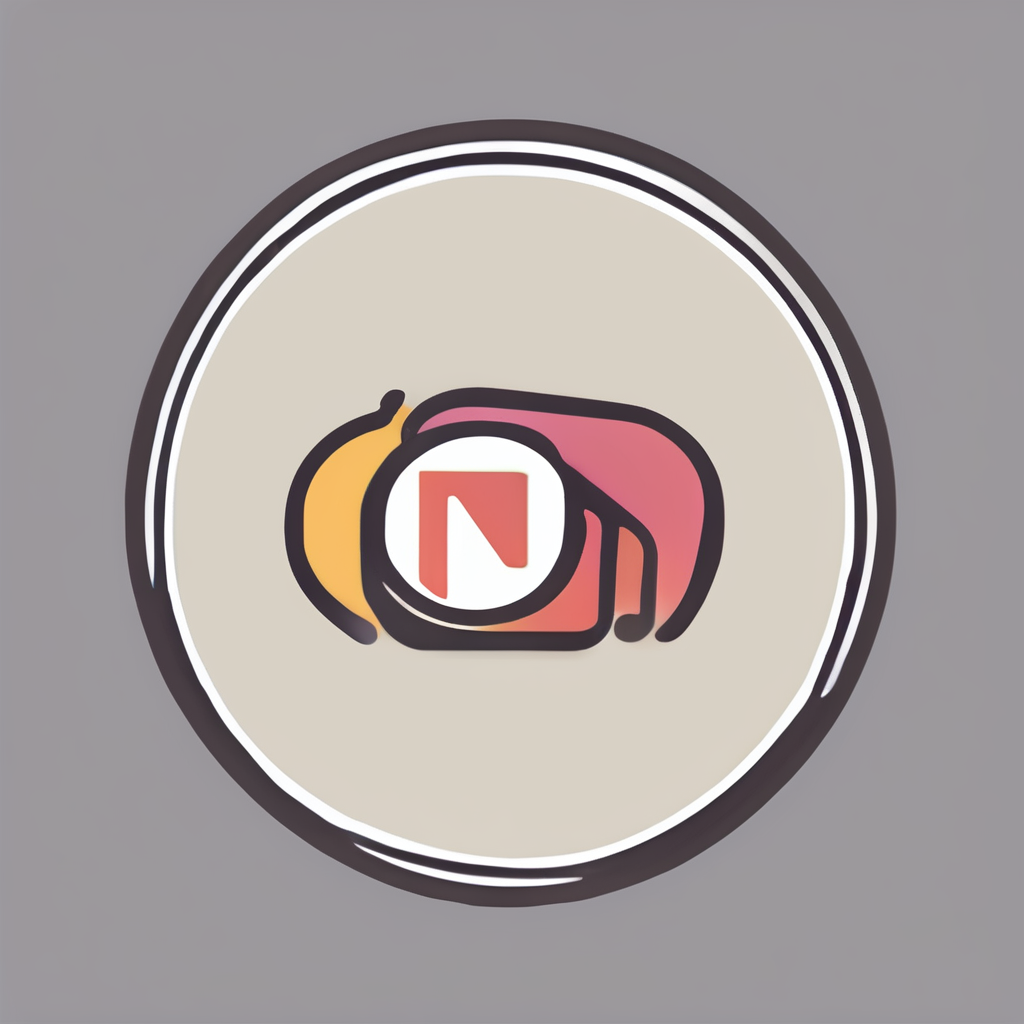As the culinary field continues to evolve, so too does the way we approach the realm of customer feedback. No longer is it sufficient to rely solely on word-of-mouth or sporadic comments from your loyal patrons. In today’s fast-paced world, understanding the experience of your diners is essential, not only as a measure of satisfaction but as a pivotal tool to enhance your business strategies. In this article, we delve into the ways you can effectively harness customer feedback, transforming it from simple comments into powerful insights that can shape the future of your restaurant.
The Vital Role of Customer Feedback
In the restaurant business, the voice of the customer has never been more crucial. As you seek to maintain a competitive edge, understanding your guests’ expectations and experiences can provide invaluable data to drive improvements across service, menu, and overall dining experience.
Also to read : What steps should you take to ensure food safety and hygiene in your kitchen?
Embracing the Feedback Culture
Feedback isn’t just a tool—it’s a mindset. Cultivating an environment where feedback is valued and acted upon transforms your restaurant into a responsive entity, finely tuned to the needs of its patrons. Encouraging open communication and creating a welcoming atmosphere for critique can be the difference between stagnation and growth.
Diverse Feedback Channels
Harnessing feedback effectively demands a multi-faceted approach. Traditional methods like comment cards and face-to-face interactions remain relevant, but in today’s digital age, you must also leverage online reviews and social media. Platforms such as Google Reviews or TripAdvisor serve as powerful venues where customers express their opinions. Monitoring these sites allows you to stay informed and responsive.
This might interest you : How can you optimize your menu for food delivery services in the UK?
Transforming Feedback into Actionable Insights
Feedback should not merely be collected—it should be analyzed. By aggregating comments and identifying patterns, you can uncover trends that inform decisions. Whether it’s a recurring issue with a particular dish or consistent praise for a specific staff member, these insights can shape your next steps, ensuring both the satisfaction of guests and the success of your business.
Leveraging Technology for Feedback Collection
In an era dominated by technology, incorporating digital tools to gather feedback is indispensable. The integration of technology into your feedback strategy can enhance both the customer experience and the quality of data collected.
Customer Surveys: A Structured Approach
Developing structured surveys allows you to gather specific insights tailored to your restaurant’s needs. By asking targeted questions about the menu, service, and ambiance, you can get a comprehensive view of your guests’ experiences. Digital platforms offer easy-to-use templates that can be quickly distributed via email or social media.
Real-time Feedback Systems
Real-time feedback systems, such as tablet-based surveys at the point of payment, provide immediate insights into the dining experience. These tools encourage immediate responses while the experience is fresh in the customer’s mind, offering insights that are both timely and relevant.
Data Analysis Software
The use of data analysis software can transform raw feedback into actionable information. These tools can categorize feedback, highlight recurring themes, and even gauge sentiment, allowing you to make informed decisions based on comprehensive analysis rather than gut feelings alone.
Training Staff to Embrace Feedback
Your staff are the frontline communicators with your customers. As such, empowering them to solicit, receive, and act on feedback is crucial in creating a responsive and adaptive service.
Encouraging a Feedback-friendly Environment
Training your team to view feedback as constructive rather than critical is essential. Encourage staff to engage with guests, asking open-ended questions about their experience and actively listening to their responses. This not only garners insights but also fosters a connection between guests and your team.
Handling Negative Feedback
Negative feedback, while challenging, offers the greatest potential for improvement. Equip your staff with techniques to address and resolve guest complaints effectively. Quick resolution of issues can turn a negative experience into a positive one, demonstrating your commitment to customer satisfaction.
Continuous Staff Development
Implementing regular training sessions keeps your team up-to-date with best practices in customer interaction and complaint resolution. Encouraging self-assessment and peer reviews can also deepen their understanding of the feedback process and its impact on the business.
Creating a Feedback Loop
The ultimate goal of collecting customer feedback is not to simply accumulate data, but to create a sustainable feedback loop that drives continuous improvement in your restaurant.
Closing the Loop
Once feedback has been received and analyzed, it is crucial to act on it. Develop an action plan that addresses identified issues and highlights areas of success. Communicate these changes with your staff and publicly acknowledge guest contributions by sharing improvements through your online channels.
Monitoring and Adjusting
The feedback loop doesn’t end with action; it requires ongoing monitoring. Regularly review the effectiveness of changes implemented and remain open to further feedback. This iterative process ensures that your restaurant continues to evolve in line with guest expectations and industry trends.
Building Relationships Through Feedback
Ultimately, a robust feedback system enhances the relationship between your business and its customers. By showing that you value and act on their input, you not only improve your restaurant but foster loyalty and trust among your guests.
In conclusion, effectively gathering and analyzing feedback in a restaurant setting is an art form that blends technology, culture, and communication. By embracing feedback as a vital component of your business strategy, you open doors to innovation, enhance the experience for your guests, and stand out in the competitive culinary landscape.











